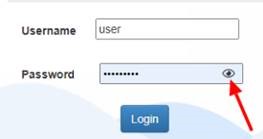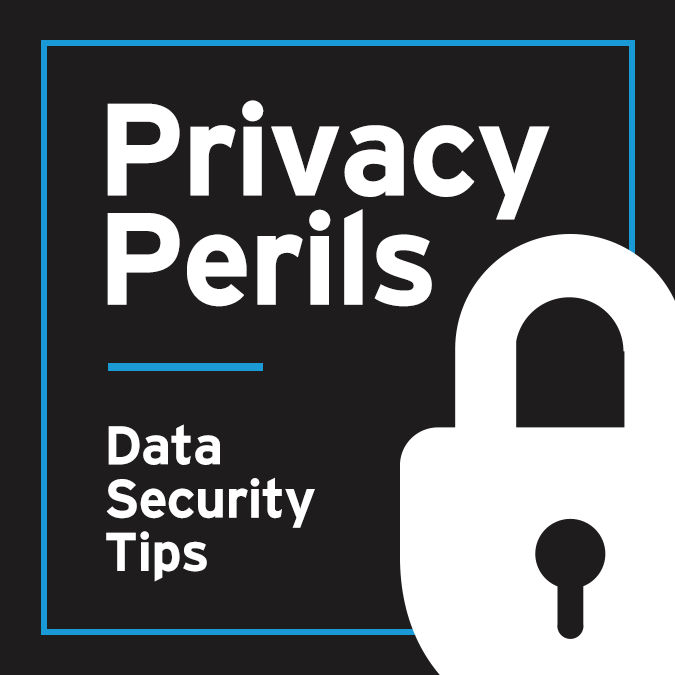We’ve spoken before of the need to make your website passwords some combination of complex, long, unusual, nonsensical, personally memorable, etc. For those of us who comply with those suggestions, but have an inflated opinions of our typing skills, we are stunned when our login attempt fails. Blaming the keyboard, we re-type the password, convinced it is a hardware or software issue, not user error. When even the second try fails, and we begin to worry about how many unsuccessful attempts are permitted before we are locked out of our account, we reluctantly go back and click the little eyeball icon to see our hidden typed text:

We are then embarrassed to see that we had the CAPS LOCK key depressed, typed an “o” rather than an “i,” or forgot to press shift and therefore entered “3” rather than “#.” So chastened, we are given the opportunity to correct our mispelling [sic, “misspelling”).
However, what are you to do when there is no saving eyeball and the website does not allow you to peek at your incorrectly-typed password (Amazon’s login screen, for example)? Are you feeling lucky? Or is self-doubt finally creeping in? If you are using a Chrome browser, there is a little trick (ChromePass) you can use to check your password entry for most sites.
After you type in the password and only a string of asterisks stare back at you, right click in the password field out beside the asterisks. In the dropdown menu, select “Inspect.” A pane will appear consisting of long, indecipherable strings of code. Do not be intimidated – you are looking for only a very small segment of the gobbledygook. And fortunately for you, it will already be found within a highlighted portion of the geek string.
Find the words “type=password,”” double-click on “password,” then replace it with the word “type” (so the phrase segment reads “type=type.” Press “Enter” and, voilà, your hidden typed password is revealed for correction. To revert to the hidden version, simply substitute “password” back in for “type.” For those more visually-inclined, a demonstration video can be found here, courtesy of You-Tuber Mike Murphy.
And now you know.
 Check out our series, Privacy Perils, to learn what steps you can take to guard your personal and company data. For more information about this topic and other cyber security concerns, please contact a member of our Privacy & Data Security team.
Check out our series, Privacy Perils, to learn what steps you can take to guard your personal and company data. For more information about this topic and other cyber security concerns, please contact a member of our Privacy & Data Security team.


